Home>Furniture & Design>Bathroom Accessories>Philips Sonicare Toothbrush: How To Use
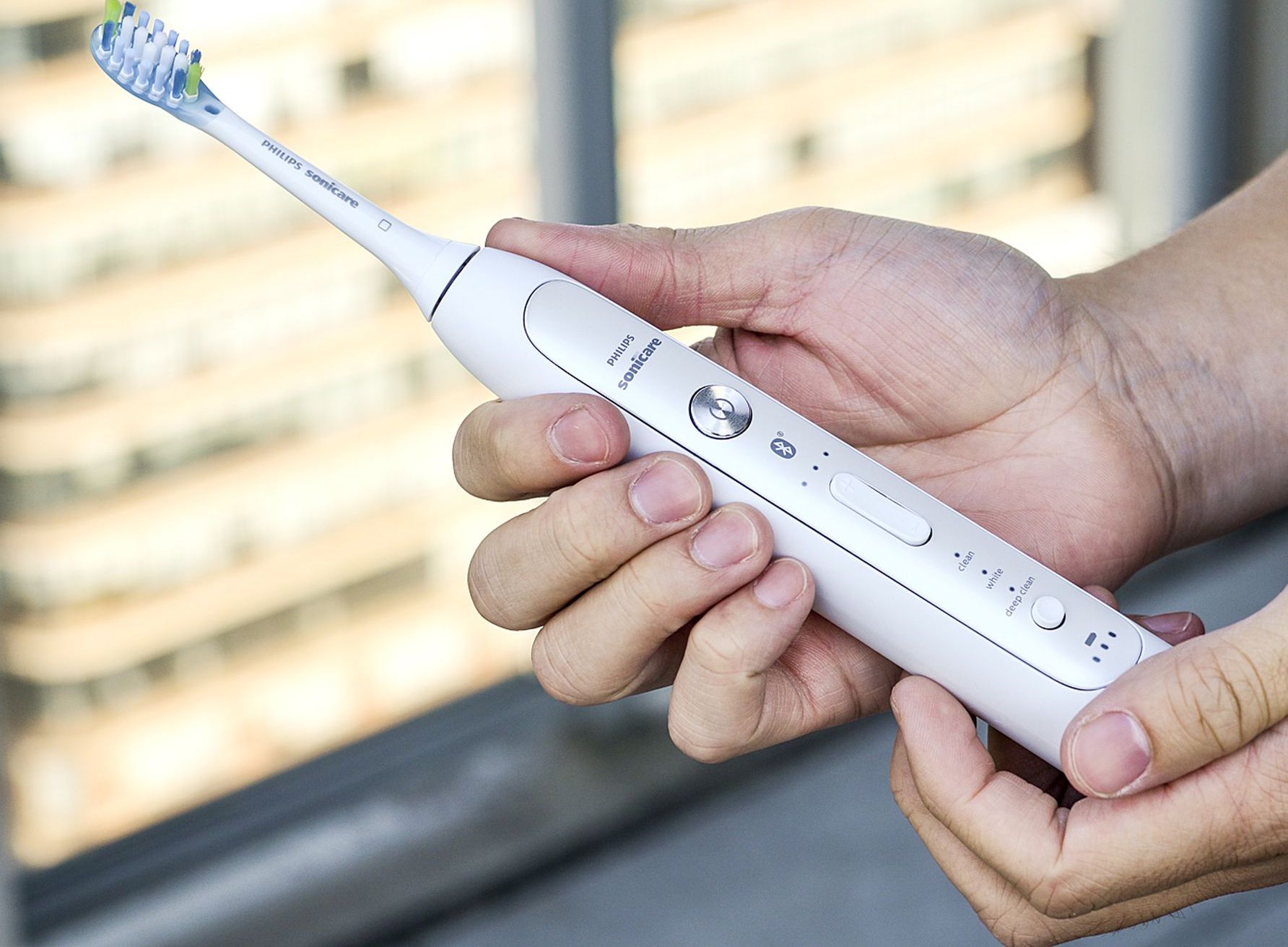

Bathroom Accessories
Philips Sonicare Toothbrush: How To Use
Modified: February 18, 2024
Discover the best way to use Philips Sonicare toothbrush and enhance your oral hygiene routine with our top bathroom accessories. Achieve a brighter smile today!
(Many of the links in this article redirect to a specific reviewed product. Your purchase of these products through affiliate links helps to generate commission for Storables.com, at no extra cost. Learn more)
Introduction
The Philips Sonicare toothbrush is a revolutionary oral care device designed to elevate your brushing experience to a whole new level. With its advanced technology and innovative features, this electric toothbrush offers a superior cleaning performance that goes beyond traditional manual brushing. Whether you're a long-time Sonicare user or considering making the switch, understanding how to use this cutting-edge toothbrush effectively is essential for achieving optimal oral hygiene.
The Philips Sonicare toothbrush is equipped with a range of features that are designed to provide a thorough and gentle cleaning experience. From its powerful sonic technology to its intuitive brushing modes, this toothbrush is engineered to cater to diverse oral care needs. Understanding the proper usage of these features will not only enhance your brushing routine but also contribute to the overall health of your teeth and gums.
In this comprehensive guide, we will delve into the various aspects of using the Philips Sonicare toothbrush. From charging the device to utilizing the different brushing modes, replacing the brush head, and maintaining the toothbrush for long-term performance, we will cover everything you need to know to make the most of this state-of-the-art oral care tool. Additionally, we will explore troubleshooting tips to address common issues and ensure a seamless brushing experience.
By the end of this guide, you will have a deep understanding of how to maximize the benefits of your Philips Sonicare toothbrush, empowering you to achieve a cleaner, healthier smile with every use. Let's embark on this journey to unlock the full potential of your oral care routine with the Philips Sonicare toothbrush.
Key Takeaways:
- Elevate your brushing routine with the Philips Sonicare toothbrush, featuring diverse modes for tailored oral care. From sensitive cleaning to gum health and whitening, customize your brushing experience for a healthier smile.
- Keep your Sonicare toothbrush at its best by following simple maintenance tips. Regularly replace brush heads, clean the handle, and troubleshoot minor issues for a seamless brushing experience and optimal oral hygiene.
Read more: How To Open A Philips Sonicare Toothbrush
Charging the toothbrush
Charging your Philips Sonicare toothbrush is a fundamental aspect of ensuring consistent and reliable performance. The process is straightforward and essential for maintaining the functionality of the device. Here's a step-by-step guide to effectively charge your Sonicare toothbrush:
-
Initial Charging: When you first unbox your Philips Sonicare toothbrush, it's crucial to give it an initial charge. This involves placing the toothbrush handle on the charging base and connecting it to a power source. The initial charge is essential to power up the toothbrush for its first use and to ensure that the battery is fully charged.
-
Charging Base: The charging base of the Sonicare toothbrush is designed to provide a stable platform for charging. It typically features a compact and sleek design, allowing for easy placement on your bathroom countertop or any other convenient location. The toothbrush handle securely docks onto the charging base, establishing a connection for efficient charging.
-
Indicator Lights: Most Sonicare toothbrush models are equipped with indicator lights that convey the charging status. These lights may illuminate to indicate that the toothbrush is charging or display a full battery icon when the device is fully charged. Monitoring these indicator lights can provide valuable insights into the charging progress and the current battery level.
-
Charging Time: The charging time for a Philips Sonicare toothbrush may vary depending on the specific model. However, a full charge typically takes several hours, ensuring an extended period of use before the next recharge is required. It's advisable to refer to the user manual for your particular Sonicare model to determine the recommended charging duration.
-
Long-Term Maintenance: To maintain the longevity of the battery and optimize the performance of your Sonicare toothbrush, it's essential to follow best practices for charging. This includes avoiding overcharging the device and disconnecting the charging base from the power source once the toothbrush is fully charged.
By following these simple steps and guidelines, you can ensure that your Philips Sonicare toothbrush remains consistently charged and ready for use. A fully charged toothbrush enables you to experience the full benefits of its advanced cleaning technology, allowing for a thorough and effective oral care routine.
Using the different brushing modes
The Philips Sonicare toothbrush offers a range of brushing modes, each tailored to address specific oral care needs and preferences. Understanding how to utilize these modes effectively can significantly enhance your brushing experience and contribute to improved oral hygiene. Let's explore the diverse brushing modes available on the Sonicare toothbrush and how to make the most of each one:
-
Clean Mode: This mode is the standard setting for the Sonicare toothbrush, providing a thorough and comprehensive cleaning experience. Activating the Clean mode ensures that the toothbrush delivers its full cleaning power, effectively removing plaque and debris from the teeth and along the gumline. To use this mode, simply press the power button to select Clean mode and begin your brushing routine.
-
Sensitive Mode: For individuals with sensitive teeth or gums, the Sensitive mode offers a gentle yet effective cleaning option. This mode provides a softer brushing sensation while maintaining the Sonicare toothbrush's cleaning efficacy. To activate Sensitive mode, press the mode button until the indicator light illuminates, indicating that the toothbrush is set to the Sensitive mode.
-
Gum Care Mode: Designed to promote gum health, the Gum Care mode delivers a gentle yet stimulating brushing action to help improve gum health and reduce the risk of gum disease. This mode is particularly beneficial for individuals who are focused on maintaining optimal gum health as part of their oral care routine. To access Gum Care mode, press the mode button until the indicator light signifies that the toothbrush is in Gum Care mode.
-
Whitening Mode: The Whitening mode is specifically engineered to help remove surface stains and enhance the natural whiteness of the teeth. By utilizing a unique brushing action, this mode aims to polish the teeth and contribute to a brighter smile. To activate Whitening mode, press the mode button until the indicator light indicates that the toothbrush is set to Whitening mode.
-
Deep Clean Mode: For a more intensive cleaning experience, the Deep Clean mode provides an extended brushing cycle to target hard-to-reach areas and deliver a thorough cleaning action. This mode is ideal for individuals seeking a deeper level of cleaning beyond the standard Clean mode. To engage Deep Clean mode, press the mode button until the indicator light confirms that the toothbrush is in Deep Clean mode.
By familiarizing yourself with the various brushing modes and their respective benefits, you can tailor your brushing routine to align with your specific oral care needs. Whether you prioritize sensitivity, gum health, whitening, or a deep cleaning experience, the diverse brushing modes of the Philips Sonicare toothbrush empower you to customize your brushing routine for optimal results.
Replacing the brush head
Replacing the brush head of your Philips Sonicare toothbrush is a crucial aspect of maintaining optimal oral hygiene and ensuring the continued effectiveness of your brushing routine. Over time, the bristles of the brush head will wear down, diminishing their cleaning efficacy and potentially compromising the overall performance of the toothbrush. Therefore, knowing when and how to replace the brush head is essential for sustaining a high standard of oral care.
When to Replace
The frequency of brush head replacement largely depends on individual brushing habits and the specific Sonicare model being used. As a general guideline, it is recommended to replace the brush head every three months. This timeframe aligns with the typical wear and tear experienced by the bristles over regular use. However, if you notice fraying or splaying of the bristles before the three-month mark, it is advisable to replace the brush head promptly to maintain optimal cleaning performance.
Read more: How To Fix A Philips Sonicare Toothbrush
Replacement Process
The process of replacing the brush head on a Philips Sonicare toothbrush is designed to be simple and hassle-free. Follow these steps to seamlessly replace the brush head:
-
Twist and Remove: Hold the handle of the Sonicare toothbrush firmly and twist the old brush head in a counterclockwise direction to detach it from the handle. The brush head should easily come off, allowing for effortless removal.
-
Align and Attach: Take the new brush head and align it with the metal shaft on the handle. Once aligned, simply press the brush head onto the handle and twist it in a clockwise direction until it securely clicks into place. This ensures a snug and stable attachment, ready for immediate use.
-
Confirmation: To confirm that the new brush head is properly installed, give it a gentle tug to ensure that it remains firmly attached to the handle. A secure fit is essential for maintaining the integrity of the brushing action during use.
Choosing the Right Brush Head
Philips Sonicare offers a variety of brush head options, each tailored to address specific oral care needs. Whether you prioritize plaque removal, gum health, or whitening, there is a brush head designed to cater to your preferences. It is important to select a brush head that aligns with your oral care goals and preferences, ensuring that you can customize your brushing experience to achieve the desired outcomes.
By adhering to the recommended replacement schedule and selecting the appropriate brush head for your needs, you can ensure that your Philips Sonicare toothbrush continues to deliver an exceptional cleaning experience, promoting overall oral health and hygiene. Regularly replacing the brush head is a simple yet impactful way to maintain the effectiveness of your toothbrush and uphold a high standard of oral care.
Cleaning and maintenance
Proper cleaning and maintenance of your Philips Sonicare toothbrush are essential for preserving its performance and ensuring a hygienic brushing experience. By incorporating regular cleaning practices and adhering to maintenance guidelines, you can prolong the lifespan of your toothbrush while upholding optimal oral hygiene standards.
Cleaning the Handle and Charging Base
Regularly wiping down the handle and charging base of your Sonicare toothbrush with a damp cloth can help remove any accumulated residue or splashes of toothpaste. This simple practice not only maintains the aesthetic appeal of the device but also prevents the buildup of grime or debris that may affect its functionality over time.
Read more: How To Reset A Philips Sonicare Toothbrush
Brush Head Maintenance
In addition to replacing the brush head at the recommended intervals, it's important to keep the brush head clean between replacements. After each use, thoroughly rinse the brush head under running water to remove any remaining toothpaste or debris. Allowing the brush head to air dry in an upright position can help prevent the growth of bacteria or mold. Avoiding the use of covers or caps that may trap moisture is also advisable to promote proper airflow and drying.
Handle Care
To maintain the handle of your Sonicare toothbrush, avoid exposing it to direct water submersion or prolonged moisture. While the toothbrush is designed for use in the bathroom, preventing excessive exposure to water can help preserve its electronic components and extend its longevity. Additionally, using a soft, damp cloth to gently wipe the handle can help remove any residual toothpaste or water splashes, contributing to a well-maintained appearance.
Storage Considerations
When not in use, store your Sonicare toothbrush in an upright position to allow for proper air circulation and drying. This practice helps prevent the accumulation of moisture, which can be conducive to bacterial growth. Additionally, storing the toothbrush in a clean and dry environment, away from potential sources of contamination, further contributes to its overall cleanliness and hygiene.
Long-Term Care
Periodically inspect the handle, charging base, and brush head for any signs of wear or damage. If you notice any issues such as cracks, loose components, or irregularities in the brush head bristles, consider contacting the manufacturer for guidance on maintenance or replacement. Proactively addressing potential issues can help sustain the performance and reliability of your Sonicare toothbrush over the long term.
By integrating these cleaning and maintenance practices into your oral care routine, you can ensure that your Philips Sonicare toothbrush remains in optimal condition, delivering consistent and effective cleaning performance. Prioritizing the cleanliness and maintenance of your toothbrush not only enhances its longevity but also contributes to the overall health and hygiene of your oral care regimen.
Read more: How To Charge Philips Sonicare Toothbrush
Troubleshooting and tips
Maintaining the optimal functionality of your Philips Sonicare toothbrush is essential for a seamless brushing experience. However, occasional issues or concerns may arise, requiring troubleshooting and practical tips to address them effectively. By familiarizing yourself with common troubleshooting techniques and implementing valuable tips, you can overcome challenges and maximize the benefits of your Sonicare toothbrush.
Addressing Power and Charging Issues
If you encounter power-related issues with your Sonicare toothbrush, such as difficulty turning it on or challenges with the charging process, consider the following troubleshooting steps:
- Check the Power Connection: Ensure that the charging base is securely connected to a power source and that the toothbrush handle is properly docked. Verifying the power connection can help identify any potential issues with charging.
- Reset the Toothbrush: In the event of unresponsiveness, performing a reset on the Sonicare toothbrush can help resolve minor technical glitches. This typically involves pressing and holding the power button for a few seconds to initiate a reset.
Enhancing Brushing Performance
To optimize the brushing performance of your Sonicare toothbrush and elevate your oral care routine, consider the following tips:
- Brushing Technique: Focus on using gentle, circular motions while guiding the toothbrush along the surfaces of your teeth and gums. Avoid applying excessive pressure, as the Sonicare toothbrush's advanced technology is designed to deliver effective cleaning without the need for vigorous scrubbing.
- Utilize Built-in Timers: Take advantage of the built-in timers on the Sonicare toothbrush to ensure that you brush for the recommended duration. Most models feature a two-minute timer, encouraging thorough brushing for the optimal amount of time.
Maximizing Battery Life
To prolong the battery life of your Sonicare toothbrush and ensure consistent usage between charges, consider the following tips:
- Complete Discharge and Recharge: Periodically allowing the toothbrush battery to fully discharge before recharging it can help maintain its overall capacity and longevity.
- Proper Storage: When not in use, store the Sonicare toothbrush in a cool, dry environment to prevent unnecessary battery drain and preserve its charge for extended periods.
Troubleshooting Brush Head Issues
If you encounter concerns related to the brush head of your Sonicare toothbrush, such as reduced cleaning effectiveness or irregularities in performance, consider the following troubleshooting steps:
- Inspect the Brush Head: Regularly inspect the brush head for signs of wear or damage, such as frayed bristles or diminished resilience. Promptly replacing the brush head when necessary can help restore optimal cleaning performance.
By implementing these troubleshooting techniques and practical tips, you can navigate potential challenges and enhance the overall functionality of your Philips Sonicare toothbrush. These insights empower you to maintain a consistent and effective oral care routine, ensuring that your brushing experience remains optimized for long-term oral health and hygiene.
Frequently Asked Questions about Philips Sonicare Toothbrush: How To Use
Was this page helpful?
At Storables.com, we guarantee accurate and reliable information. Our content, validated by Expert Board Contributors, is crafted following stringent Editorial Policies. We're committed to providing you with well-researched, expert-backed insights for all your informational needs.
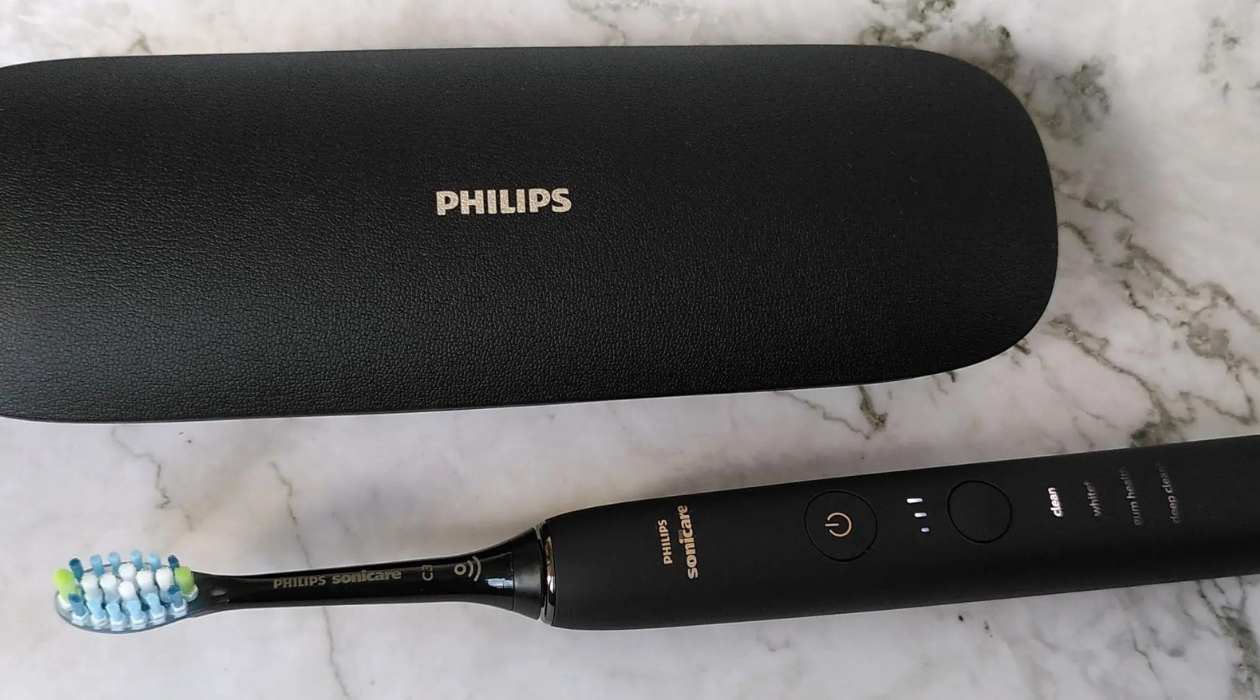
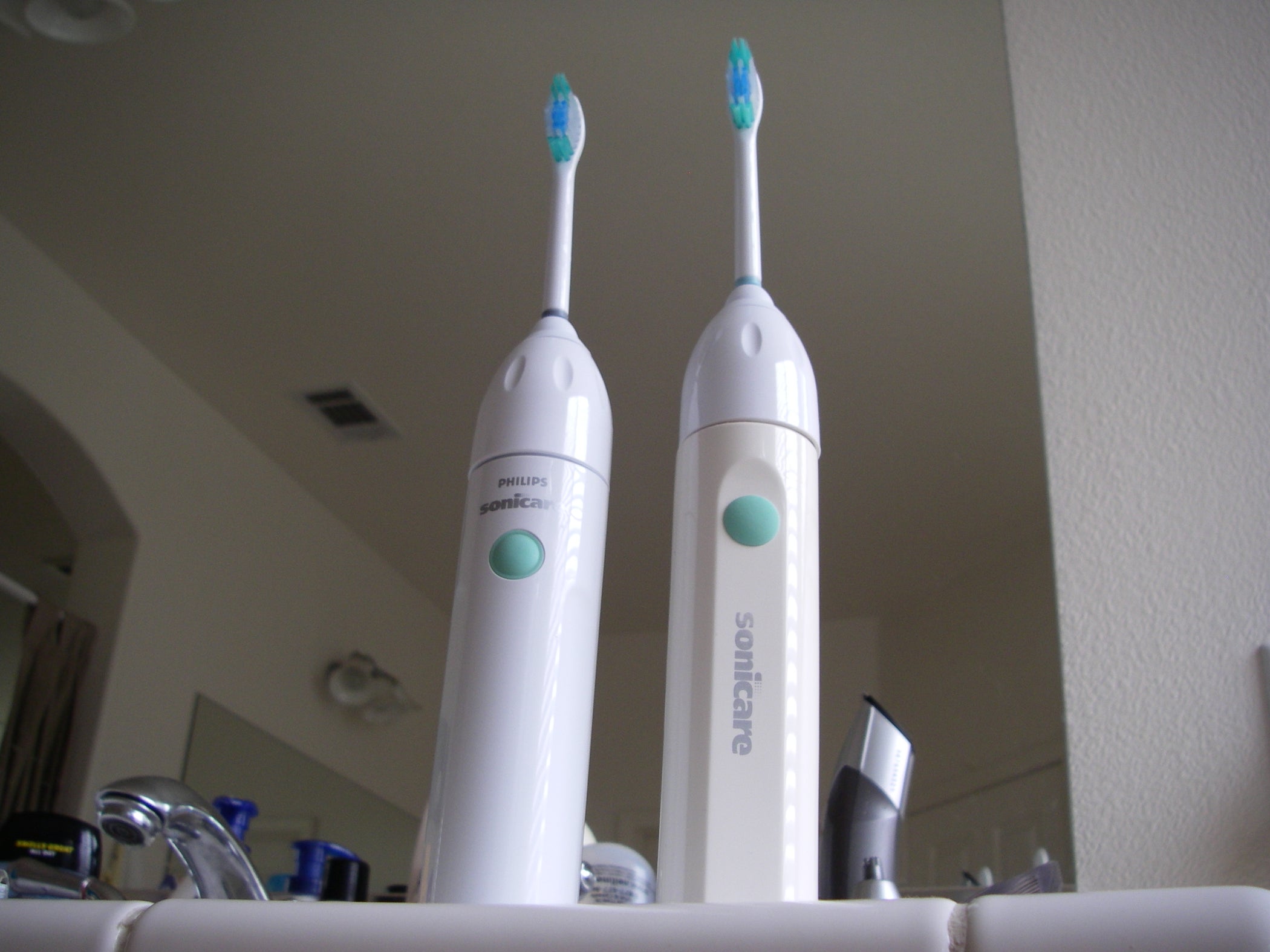
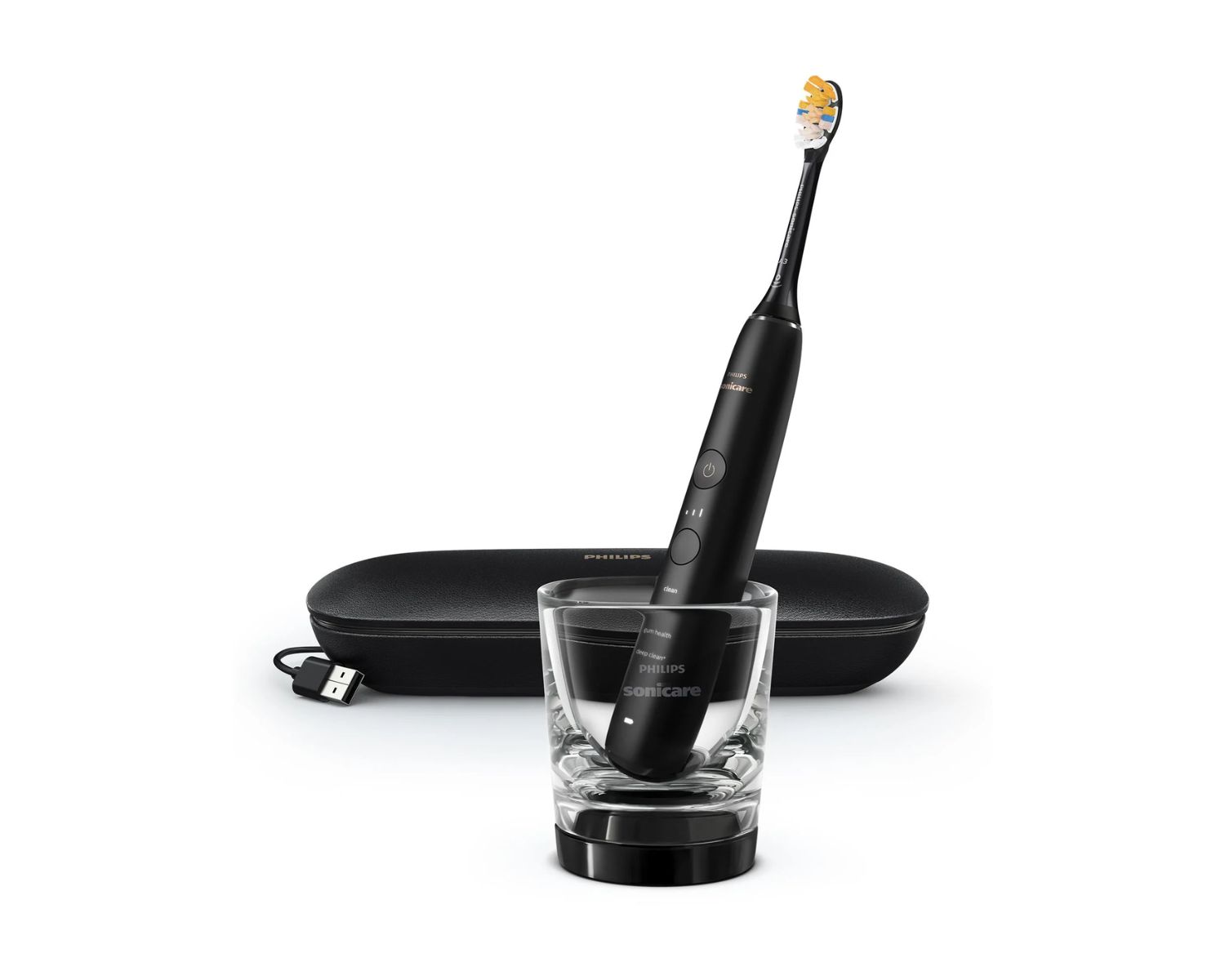
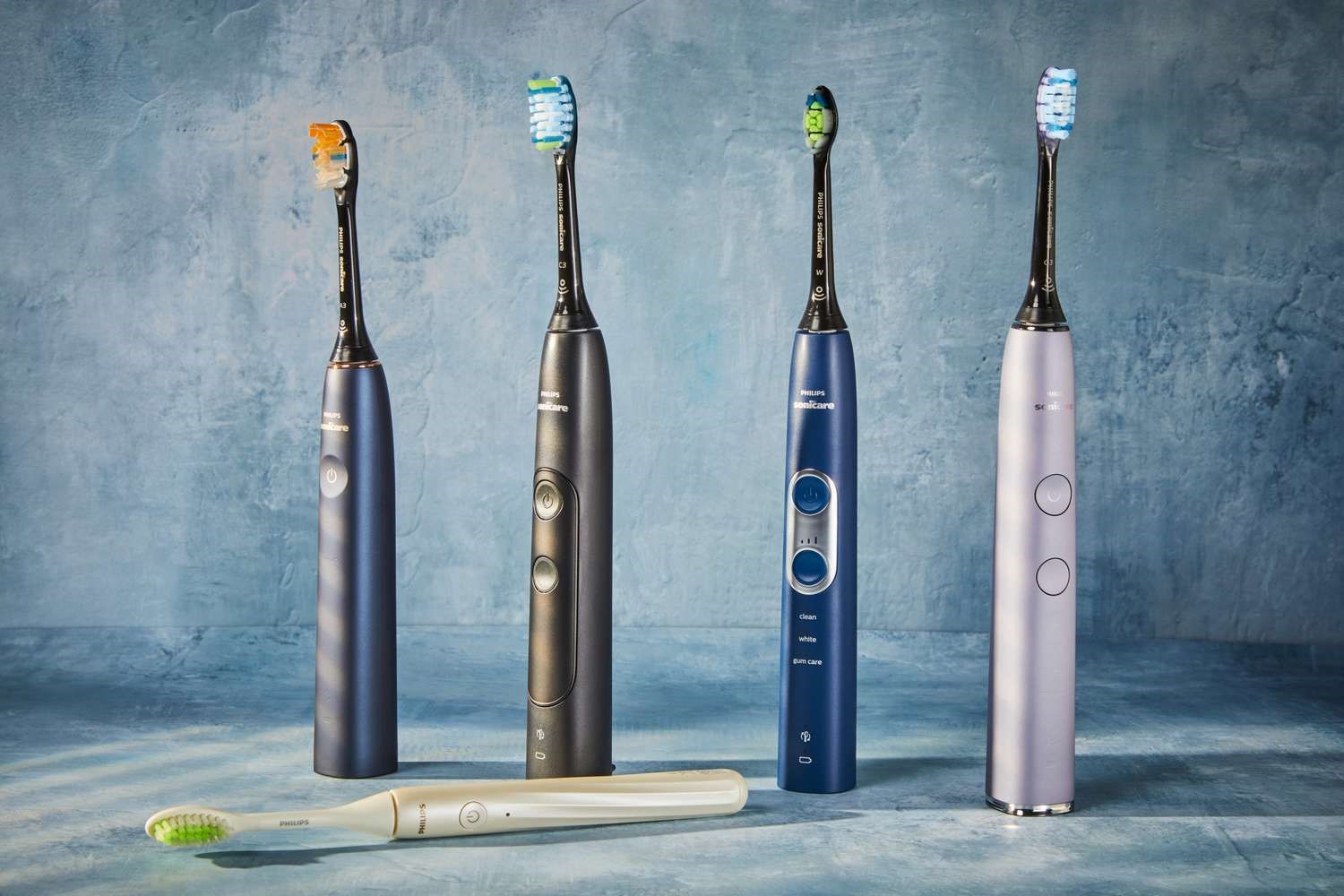
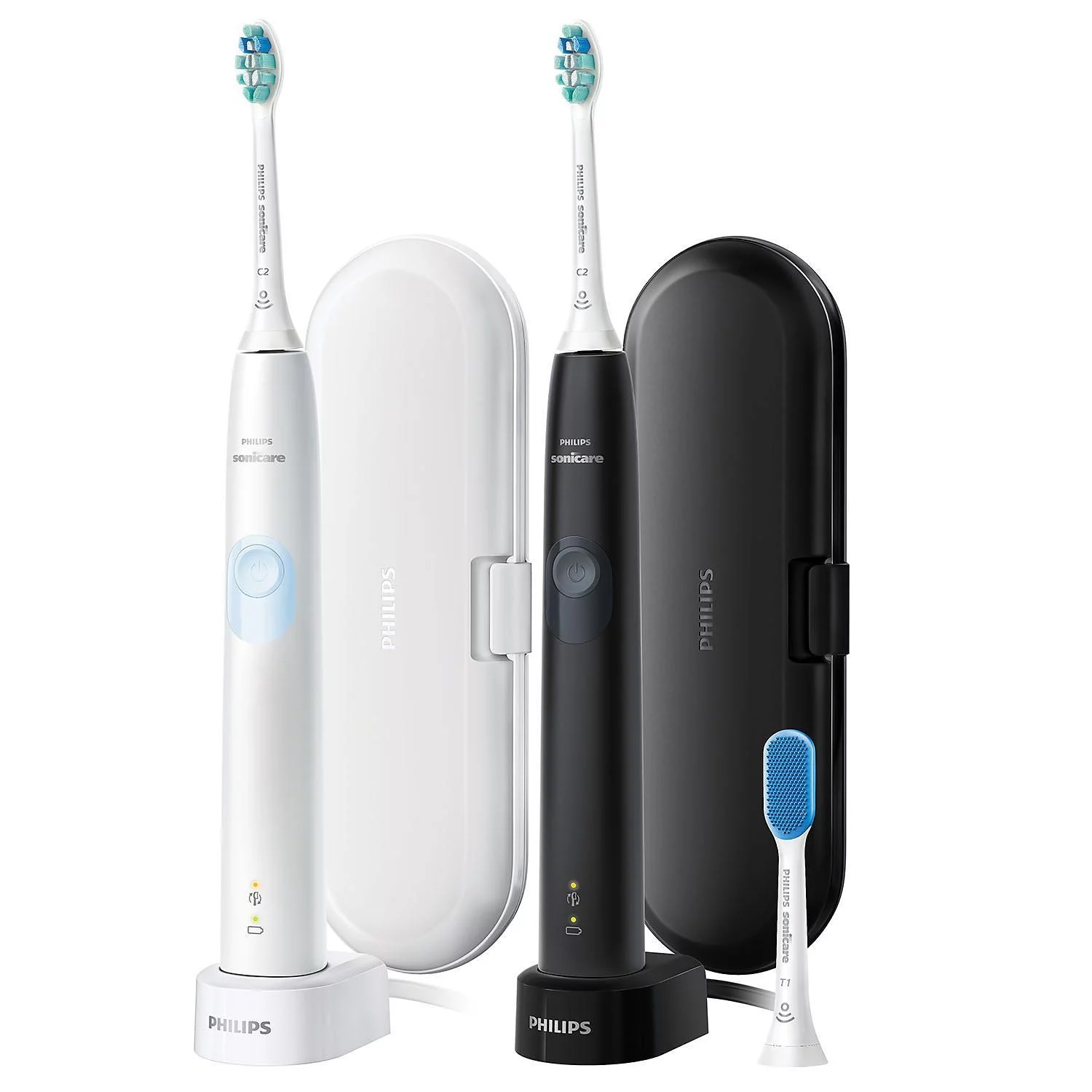
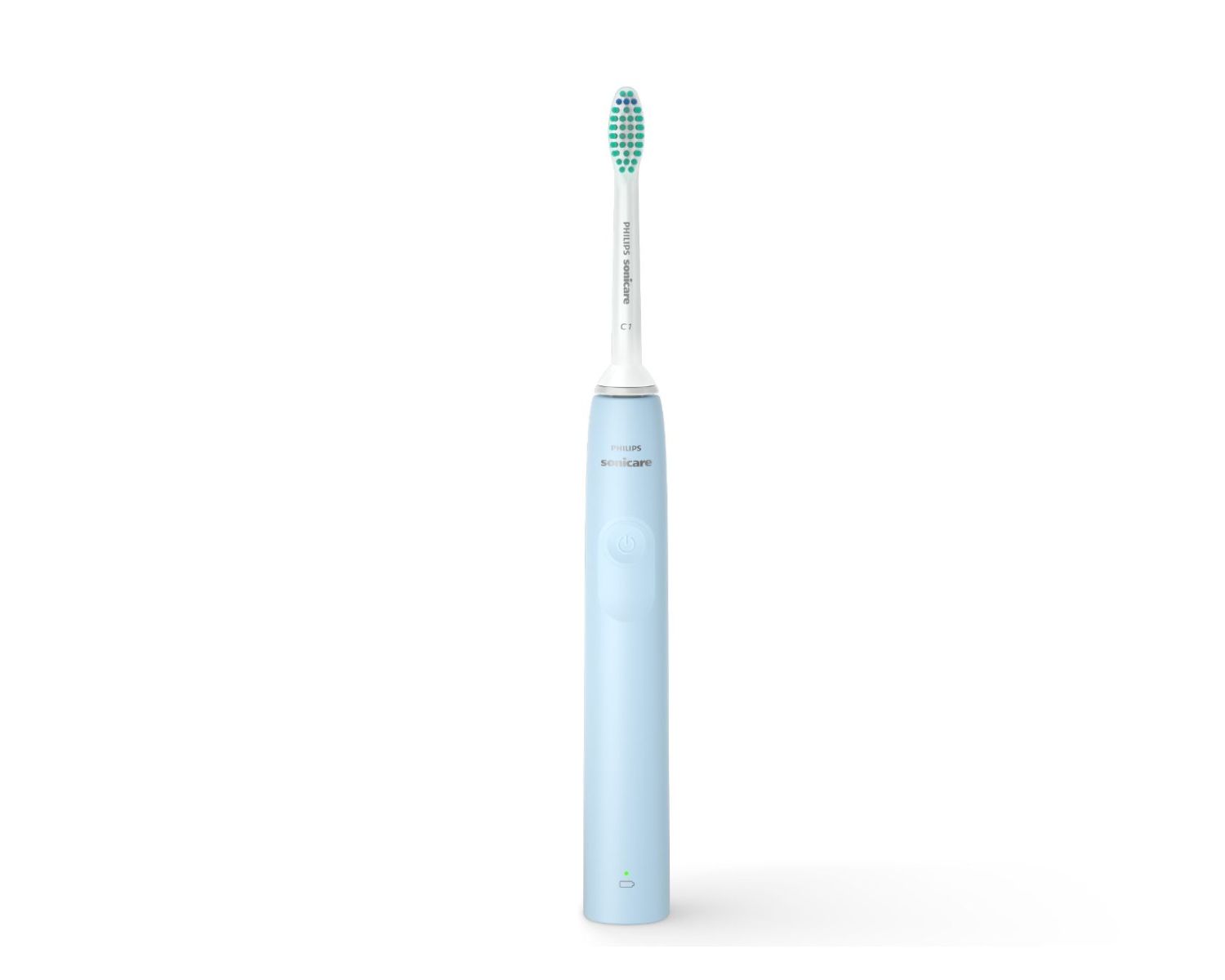
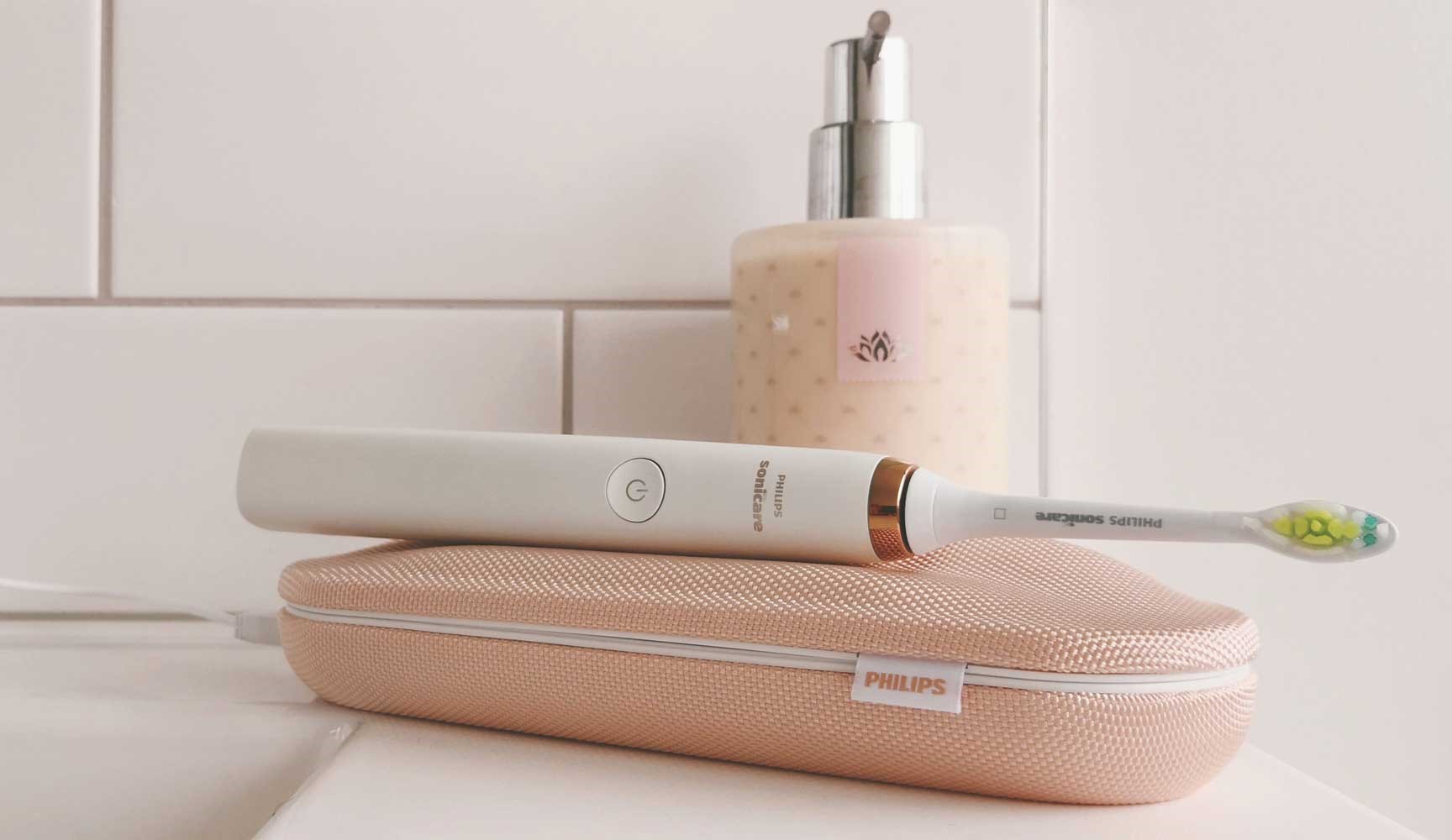
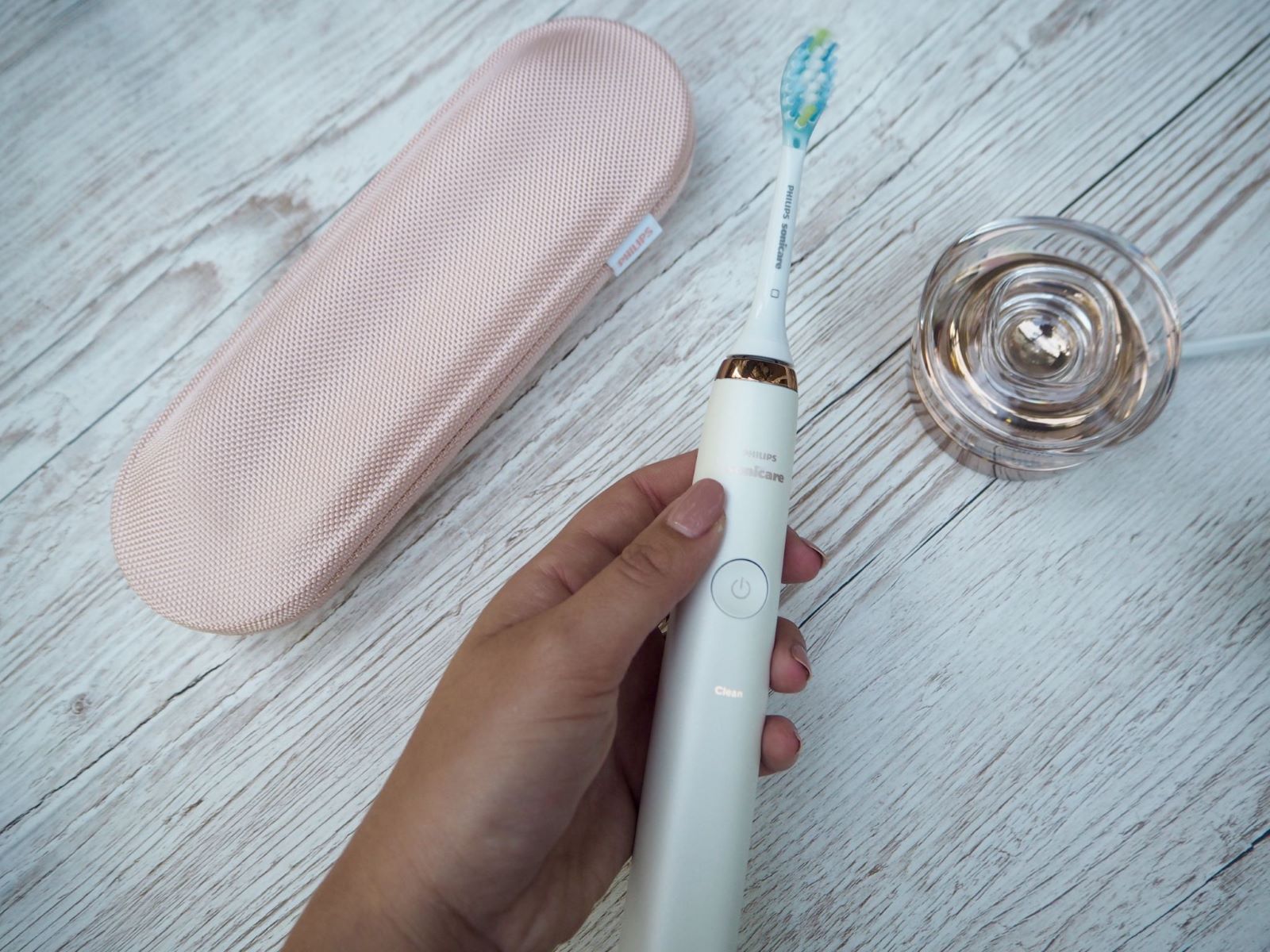
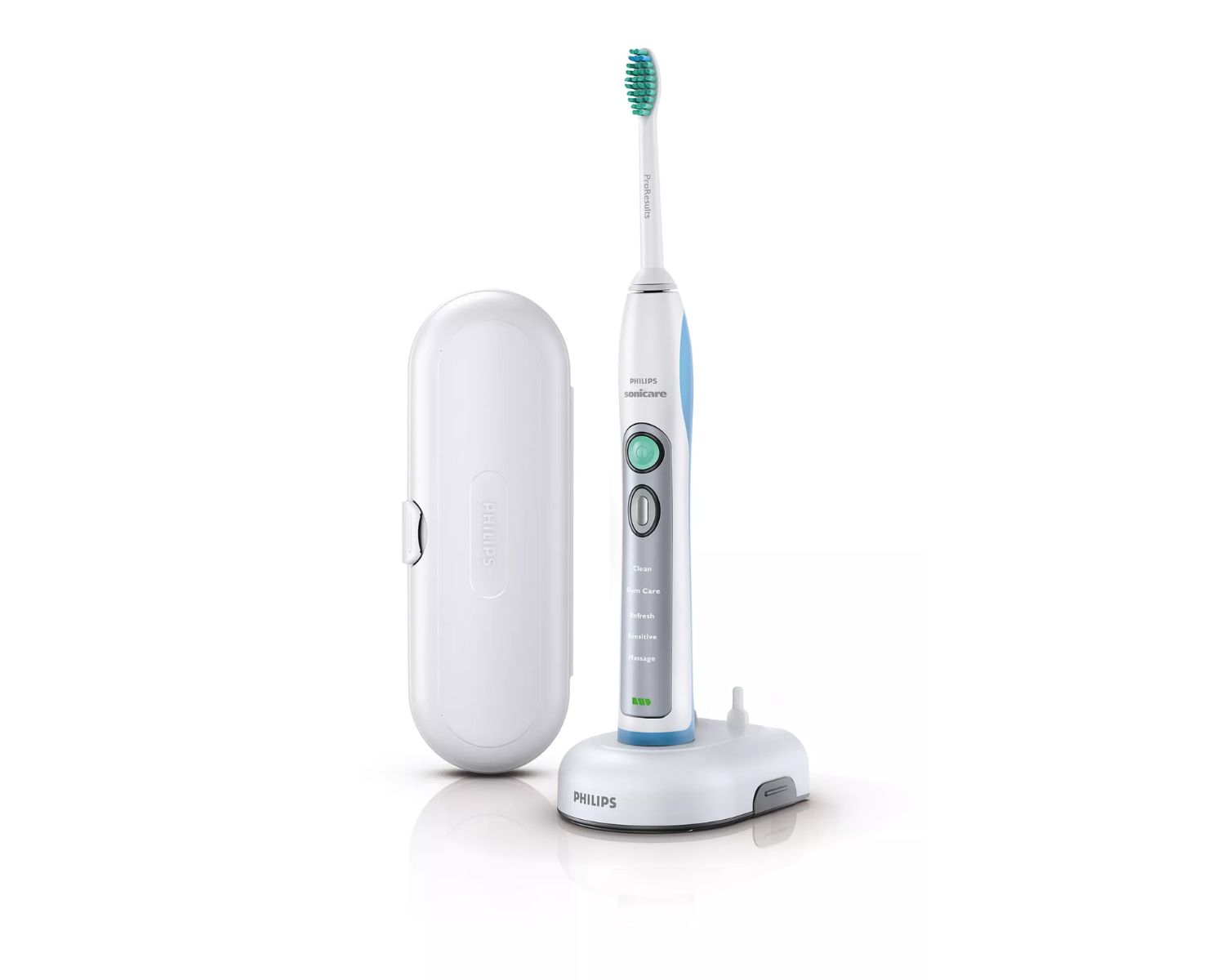
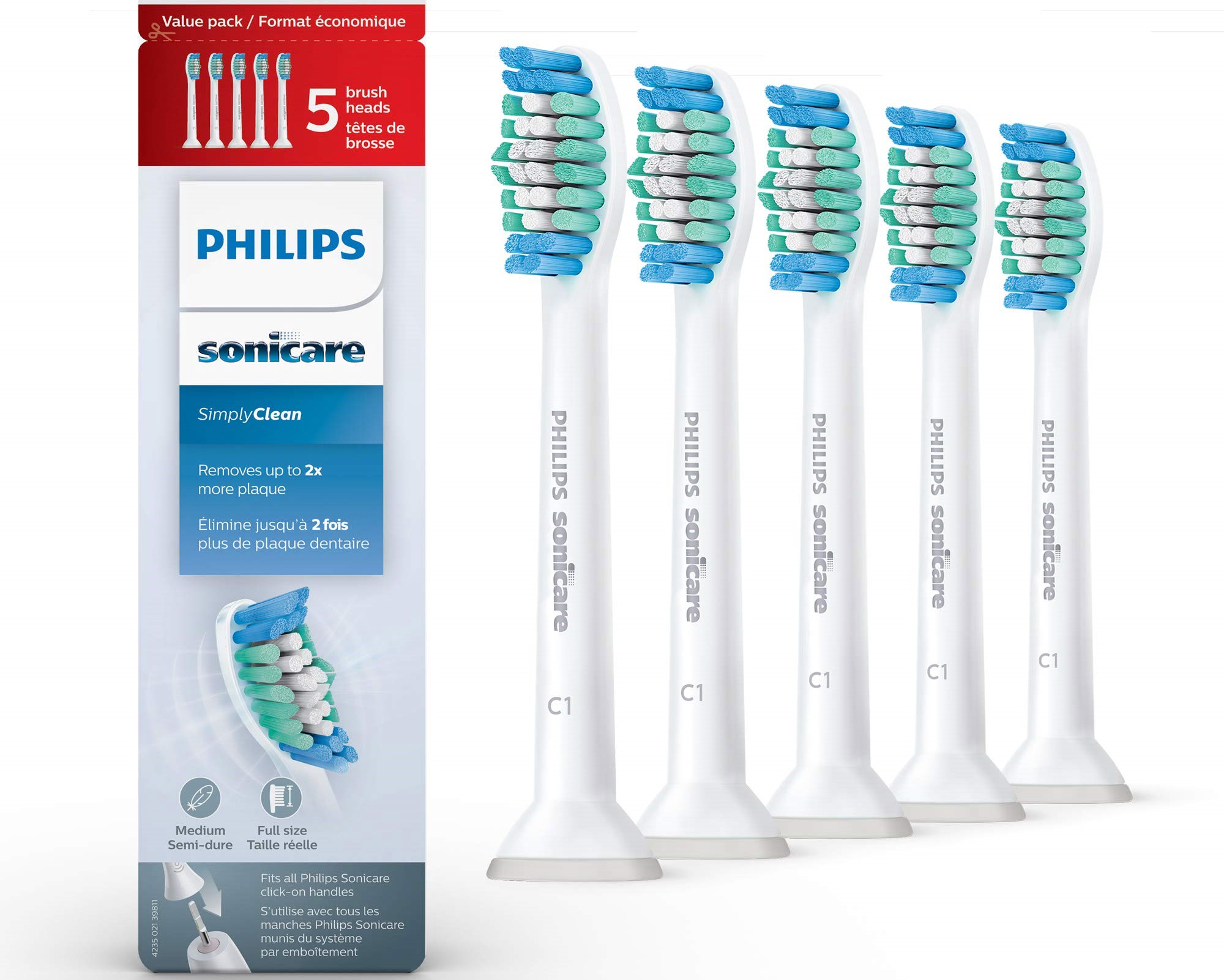
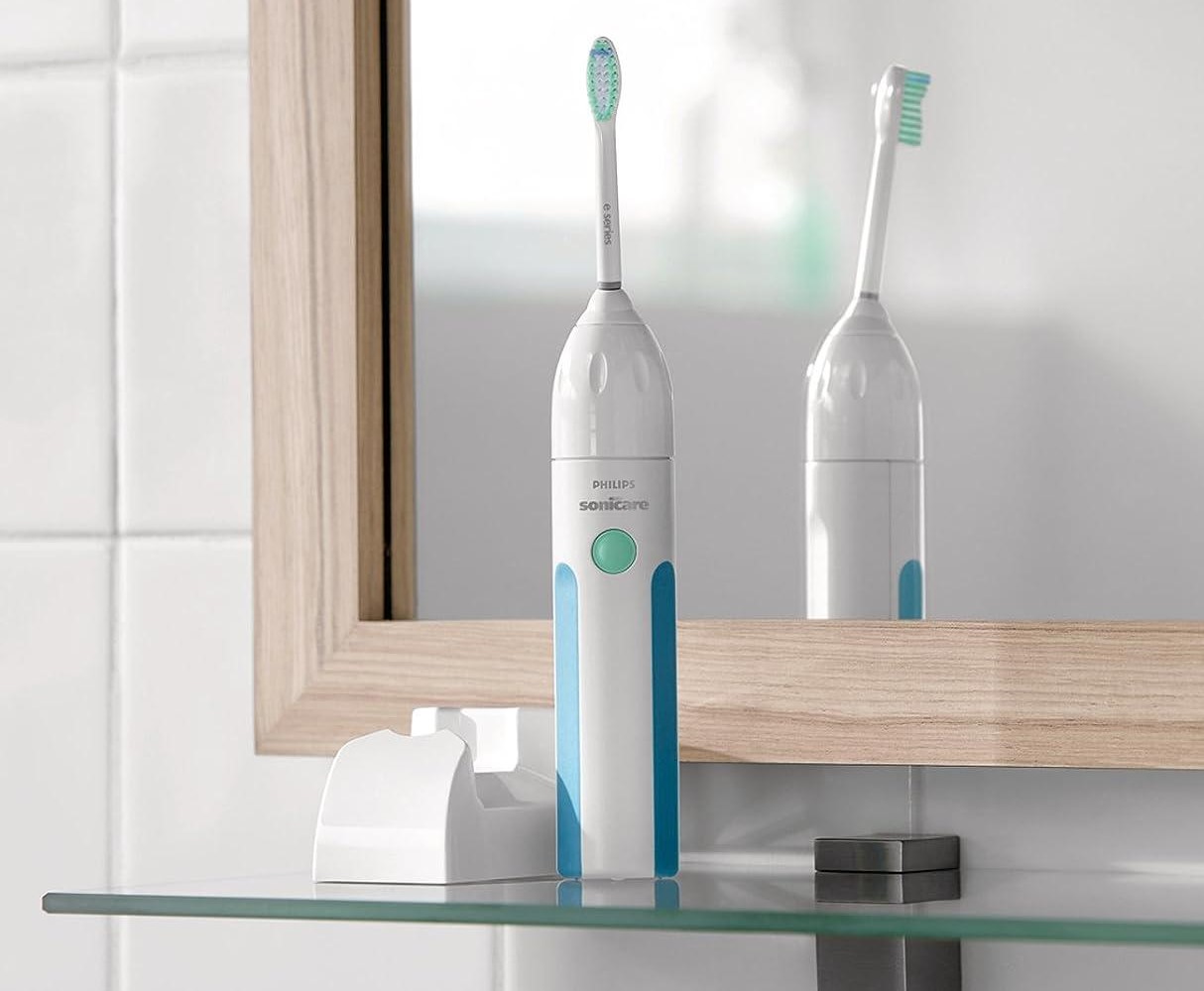

0 thoughts on “Philips Sonicare Toothbrush: How To Use”